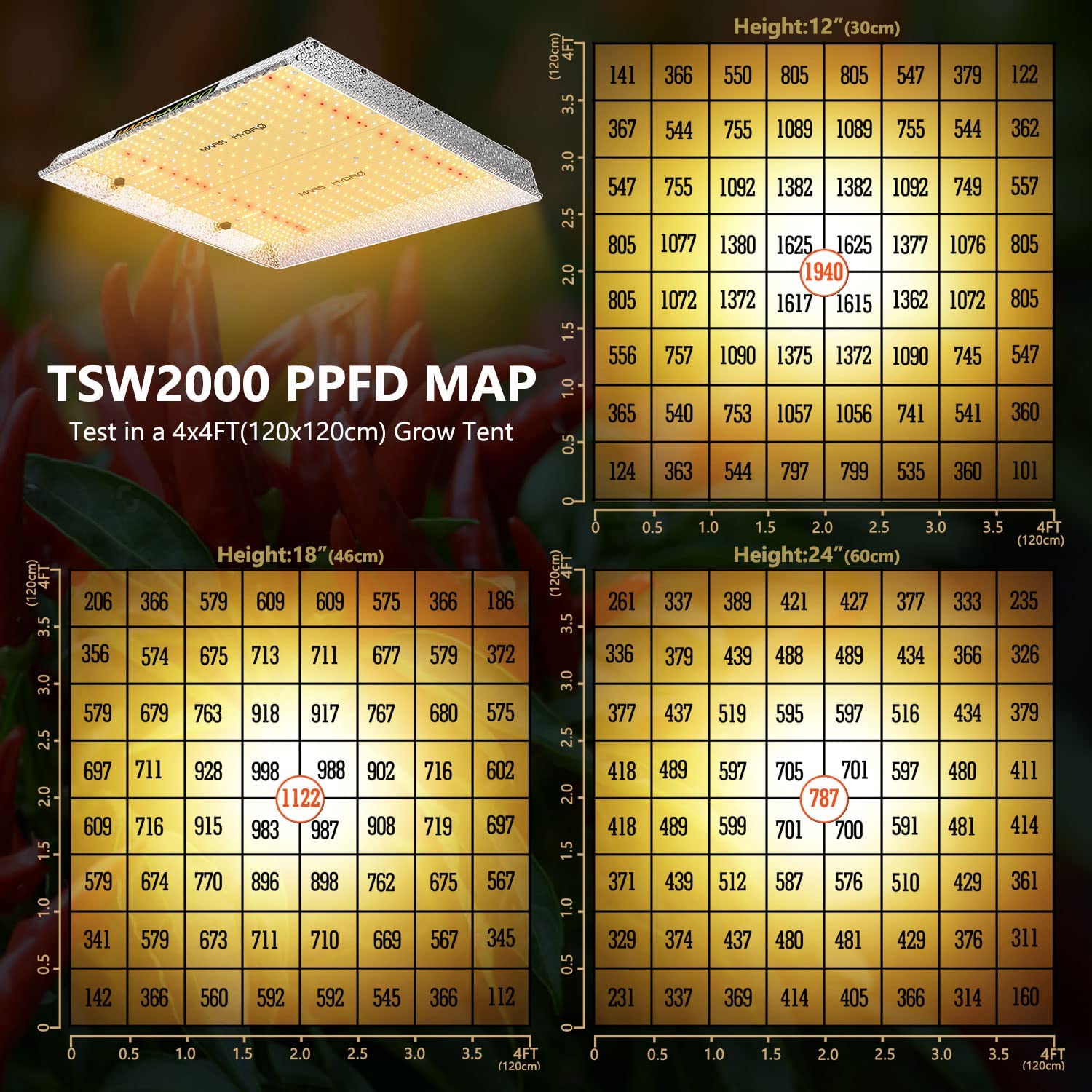Seedlings
Santiago update: all is well. She's growing fine and her first true leaves are coming in nicely with more visible leaves on the way.
Diaz and Linetti, on the other hand, are a mixed bag. Diaz's weird shaped seed had already popped open and her taproot had come out, but the tip hadn't quite escaped the seed so it was looping back on itself. As I poked at it softly to point the taproot out of the seed, the whole seed shell fell off, leaving a weird embryonic Gigeresque monstrosity in its wake. I quickly referred to the internet and found that some people had luck carefully planting the taproot anyway. I did so last night.

As of this morning, Diaz seems to have moved toward opening up a bit and has gained a bit of colour which is a hopeful sign, I think.

I drip-watered her a bit slowly over about half an hour and she opened up even more. I'll have to check back in on her before work, but she might actually survive this.

Linetti is still a sealed up seed, unfortunately. I'm tempted to put her back in a glass of water, but I'll leave her in the damp paper towel for now.
Lighting
I've been spending some time poring over videos and articles on lighting for cannabis growth to figure out when use of my new lights will be most effective. I've watched the following videos which have been super informative:
- Cannabis Grow Lighting Myths and FAQs with Dr. Bruce Bugbee
- Calculate grow light efficiency from a data sheet
I've been trying to work out a spreadsheet that'll calculate, roughly, my lighting coverage in Photosynthetic Photon Flux Density and am finding it to be much harder than anticipated. While PPFD maps are provided by the manufacturer of my lamps, they assume certain sized grow tents and the measurements were taken within the tent, adding reflectivity to the equation. This works well for a single lamp within a tent the same size as mine, but makes things more complicated if I'm trying to work out my coverage across multiple lamps, some of which were mapped in a 2ft grow tent, and at differing heights.


If not for reflectivity of the grow tent itself, I could use the inverse square law to determine the amount of light at various distances and spread given a known intensity at a common distance, but as you can see in the above PPFD map for the TSW2000, doubling the height from 12" to 24" doesn't actually quarter the intensity within a tent. Overall, this is a good thing and the reason why we use grow tents, but makes calculation more tricky.
For lack of a proper PAR meter, I've been playing around with direct measurements in Lux, using my phone's light sensor and the Lux Light Meter Pro app. This is problematic for measuring LED lights for plants accurately as Lux narrowly concerns itself with the spectrum in terms of human vision rather than a full range. That said, there are conversion tools that will allow selection of a typical spectrum in order to approximate a conversion of Lux to PPFD.
To the point, when measuring Lux in my tent at 12, 18, and 24 inches (to compare to the above PPFD map) at the centre/hotspot, my measurements using the "Natural Daylight" range are not too far off the mark: 2092, 1259, and 917, respectively. If I dug into the algorithm at play here, I'm guessing I could probably derive a conversion factor specific to the spectrum of my own lights, and get reasonably close numbers.
Anyway, I'm still rolling this idea around in my head and it may or may not go anywhere.






